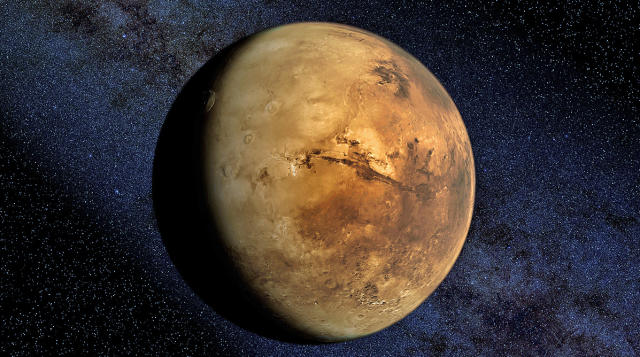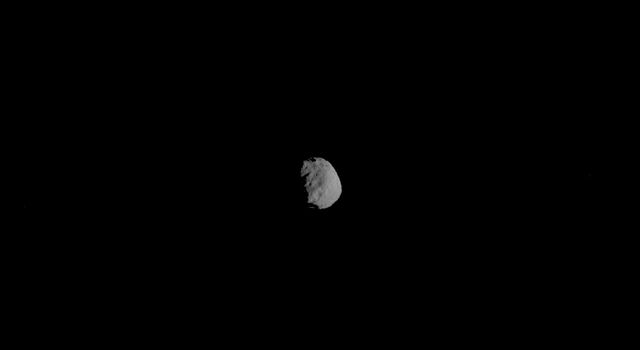Mars forecast: Floating CO2 blocks, spontaneous pit formation

“Today will be hazy with a heavy possibility of sand furrow formation. Also keep your eyes peeled for floating chunks of carbon dioxide, spontaneous pit formation and, as always, don’t leave home without your hab suit.” That could some day be the winter weather forecast Martian colonists wake up to, based on new research out of Trinity College Dublin.
A study conducted there homed in on strange linear gullies on the sides of Martian sand dunes.
“Several years ago I discovered unique markings on the surface of Martian sand dunes,” said geomorphologist Mary Bourke who helped lead the study. “I called them sand furrows as they were elongated shallow, networked features that formed and disappeared seasonally on Martian dunes. What was unusual about them was that they appeared to trend both up and down the dune slopes, which ruled out liquid water as the cause.”
With water being ruled out, the researchers turned their attention to carbon dioxide, a gas found in abundance on the Red Planet. The team’s theory was that the furrows were caused by the gas going through the process of sublimation – turning from a solid to a gas without going through an intermediary liquid stage.
“Mars’ atmosphere is composed of over 95 percent CO2, yet we know little about how it interacts with the surface of the planet,” said Bourke. “Mars has seasons, just like Earth, which means that in winter, a lot of the CO2 in the atmosphere changes state from a gas to a solid and is deposited onto the surface in that form. The process is then reversed in the spring, as the ice sublimates, and this seasonal interplay may be a really important geomorphic process.”
Bourke initially thought the grooves were created by a process known as cryo-venting, in which carbon dioxide trapped and pressurized beneath the planet’s surface escapes in dust and gas geysers. However, a new PhD candidate, Lauren McKeown, had a different idea and, to test it out, the team created a sand-filled low-humidity chamber that closely replicated the Martain landscape and environment.
Blocks of frozen CO2 were then placed on the surface and it was found that they could indeed form the furrows – and they could do it by levitating.
“The difference in temperature between the sandy surface and the CO2 block will generate a vapor layer beneath the block, allowing it to levitate and maneuver downslope, in a similar manner to how pucks glide on an ice-hockey table, carving a channel in its wake,” said McKeown. “At the terminus, the block will sublimate and erode a pit. It will then disappear without a trace other than the roughly circular depression beneath it.”
The team even saw some pits form in under 60 seconds as chunks of CO2 rapidly sublimated.
The pits found in the experiments closely matched the pits found at the ends of the furrows observed on Mars. With a bit more study, the team was able to accurately match block size to pit size on Mars, using previous observations from the Russell Crater megadune.
The team will now head to the Large Mars Chamber at the Open University in England. There, in the sealed environment that mimics conditions on the surface of the Red Planet – complete with UV radiation – the researchers will continue studying the influence Mars’ atmosphere has on the formation of the furrows.
 |
Click here to Reply or Forward
|
/https://public-media.smithsonianmag.com/filer/fd/87/fd87eadc-f7d3-4fd1-82a7-4b4d2c888cc2/file-20171005-9767-4g1c6e.jpg)







